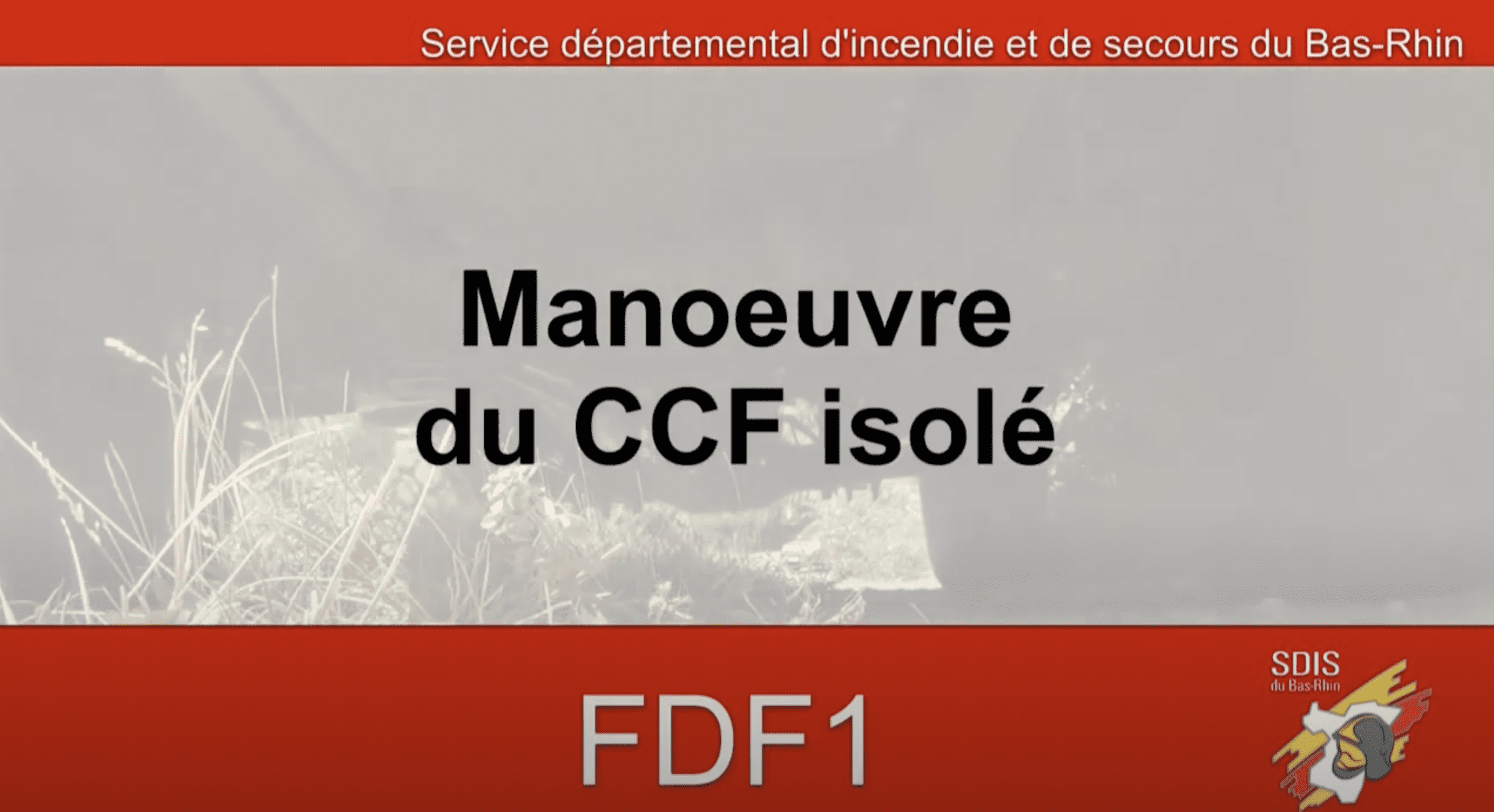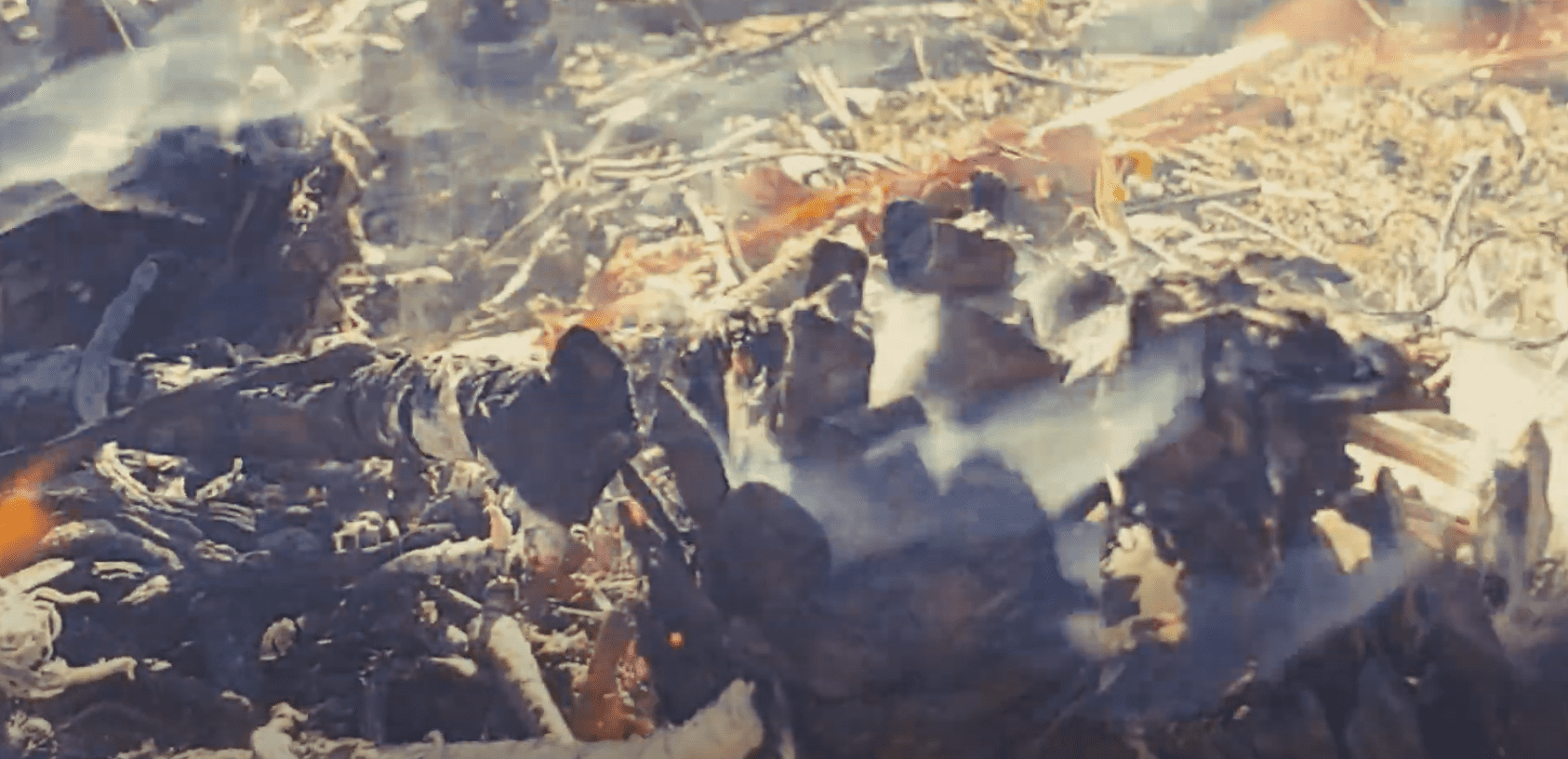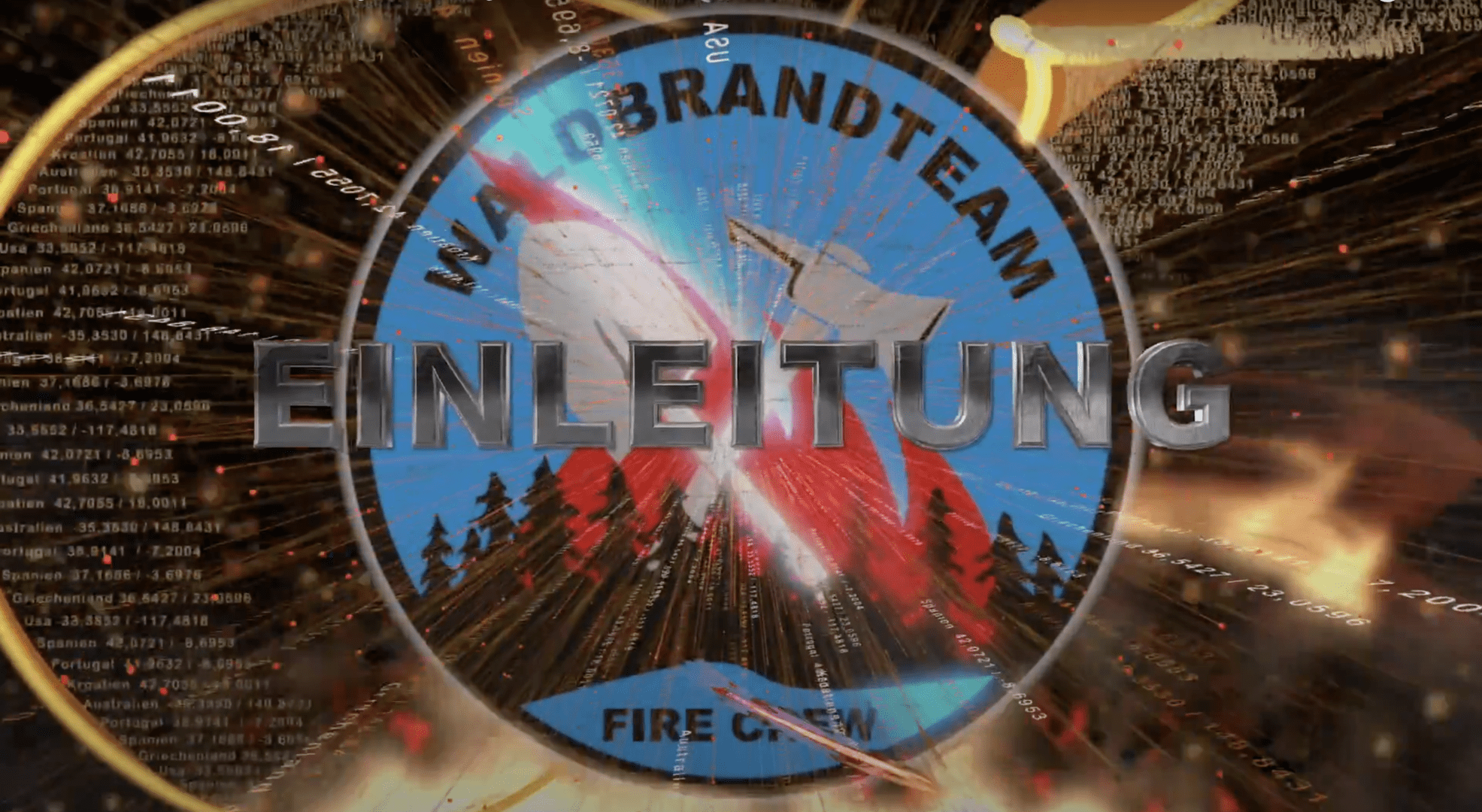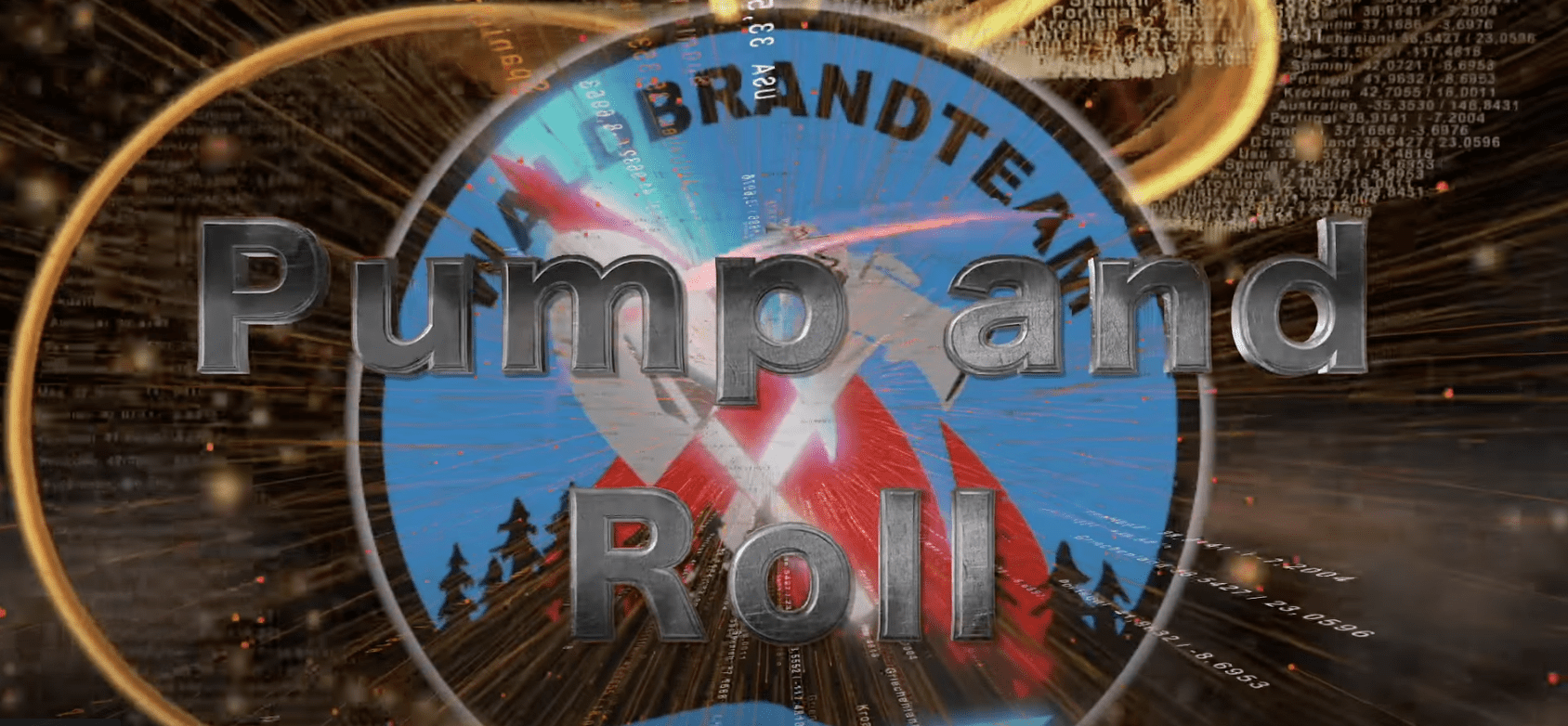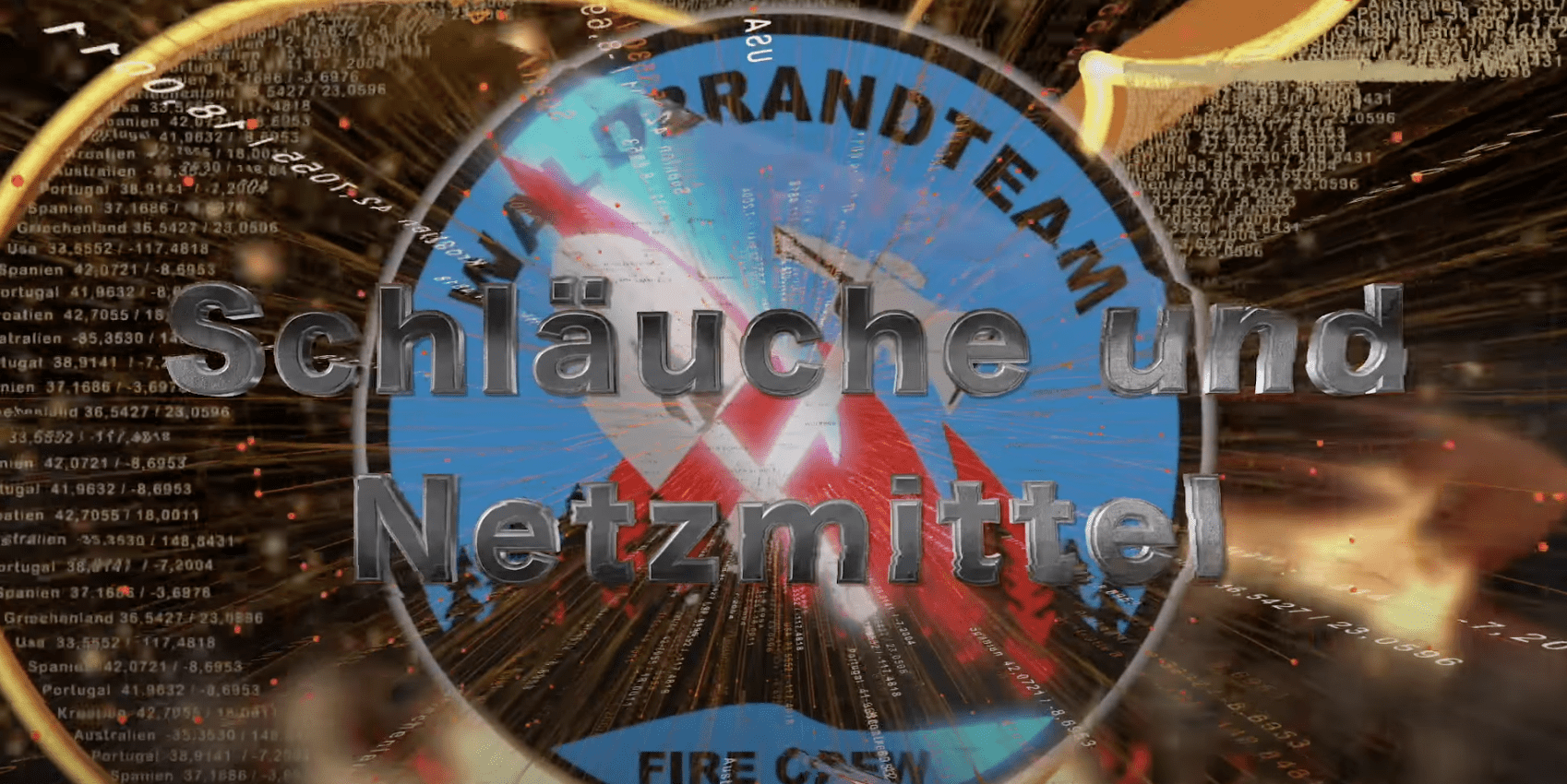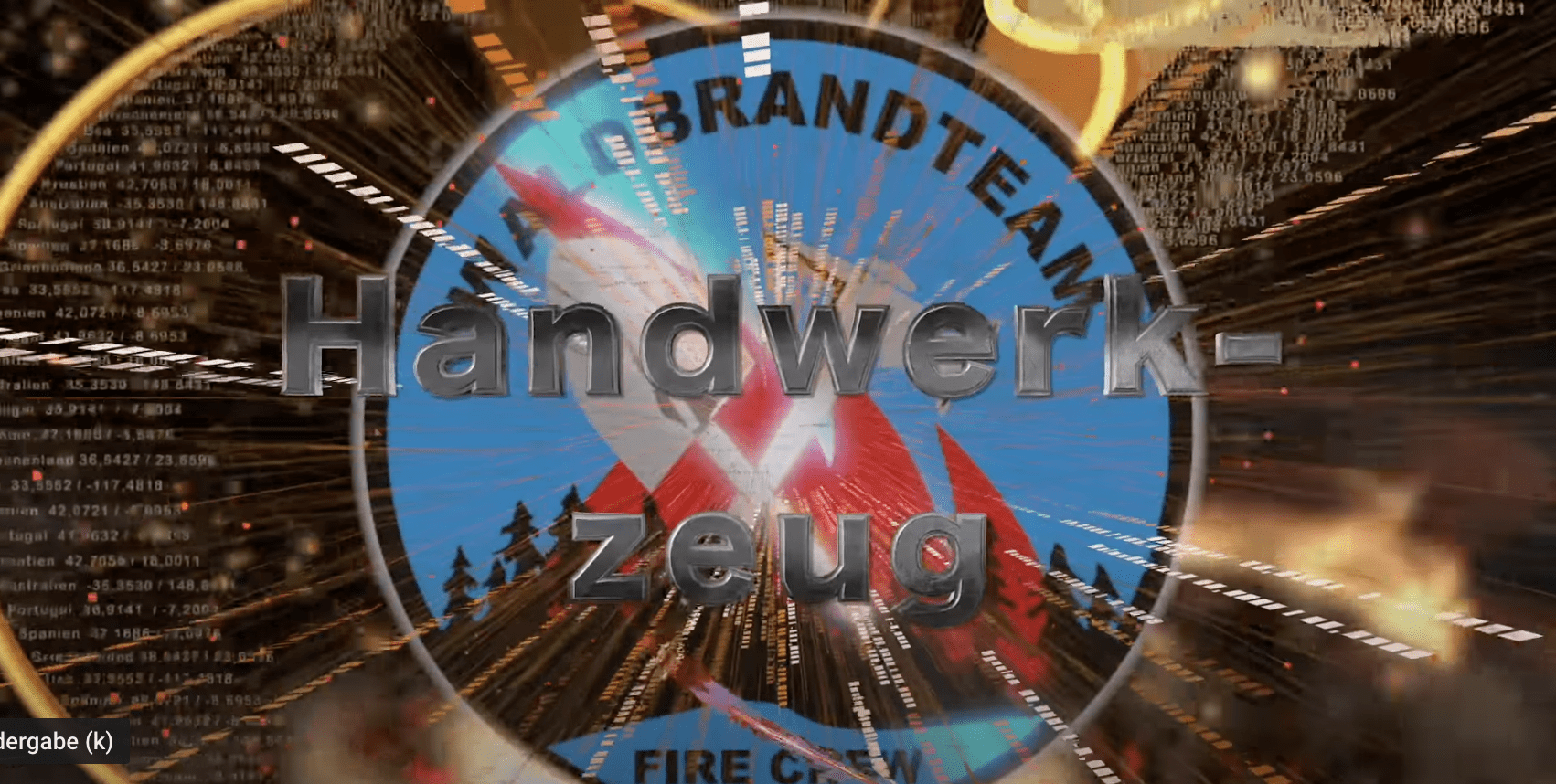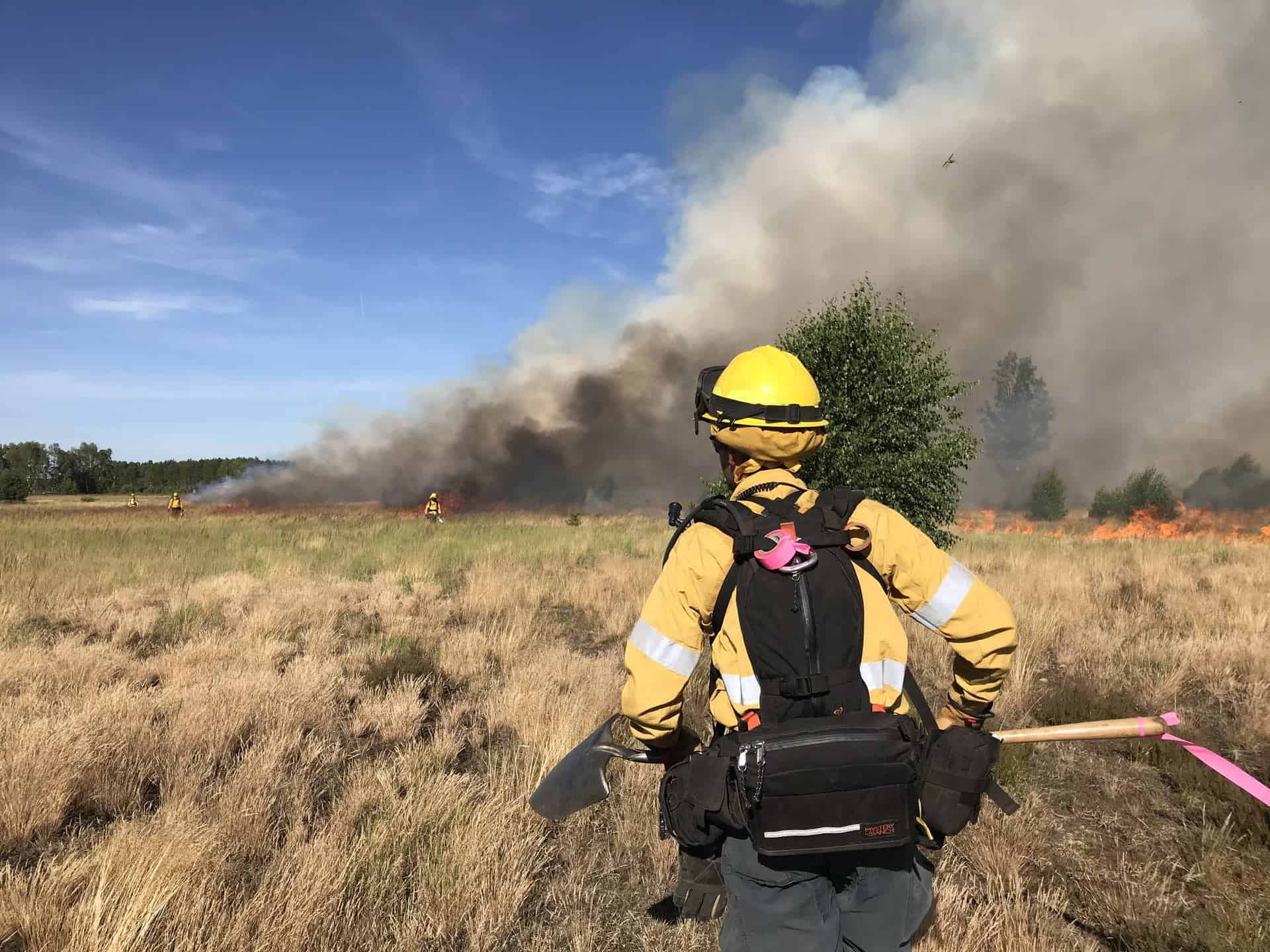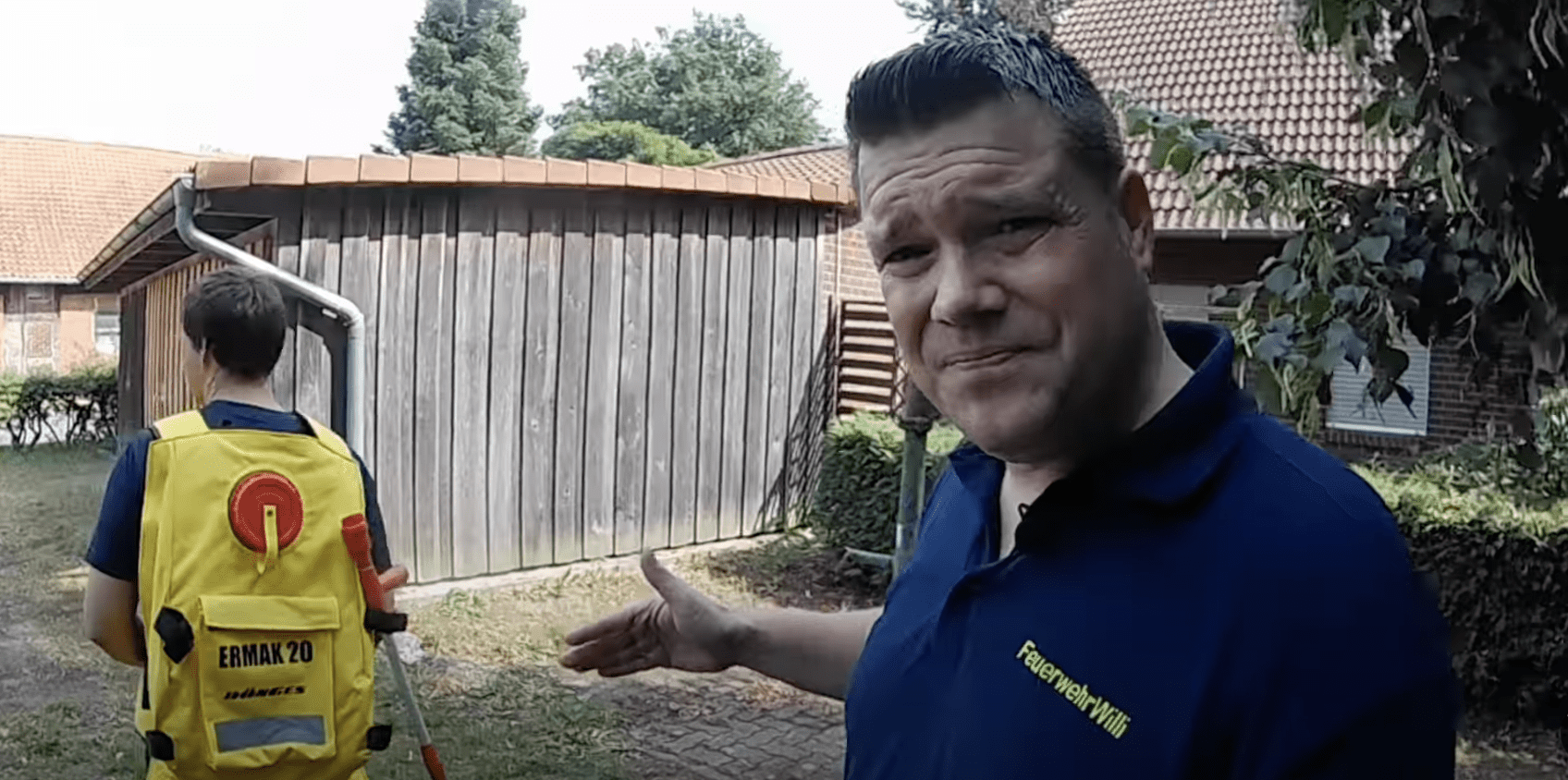
Firefighting Backpack - Live Test: FirefighterWilli in Danger
FeuerwehrWilli tests a firefighting backpack for himself & you. 20 litres of extinguishing agent go in there and everything seems easy, doesn’t it?! You can see how long you can pump water with it (in fast motion) - a very long time. Conclusion: - well made - you can reach it for a long time - over 10m throw range - great addition for operations such as: especially if you don’t have a water-carrying vehicle in your fire brigade. TOP!


